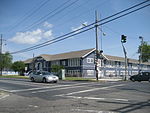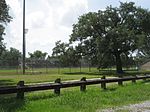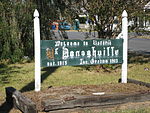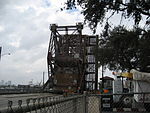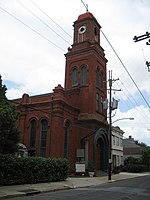Force Headquarters Group

Force Headquarters Group (FHG) is a major subordinate command (MSC) of the United States Marine Corps based in New Orleans, Louisiana. It was established as a part of the command element for Marine Forces Reserve. It was activated on July 18, 2012, assuming command of six MARFORRES Force-level units: 3rd and 4th Air Naval Gunfire Liaison Companies, 3rd and 4th Civil Affairs Groups, 6th Communications Battalion and Intelligence Support Battalion.Previously, these units reported to Lt. Gen. Steven Hummer, the commander of Marine Forces Reserve. As a result of the Commandant-directed Force Structure Review Group, the units were realigned under the new MSC to streamline the command and control process, making it more effective. General Hummer explained that as the Mobilization Command was relocated to New Orleans from Kansas City, a requirement for a Force-level headquarters group became evident. The Group is planned to expand as future FSRG-directed unit activations and realignments are planned, including Marine Corps Individual Reserve Support Activity (formerly MOBCOM), which is responsible for the 57,000 Individual Ready Reserve Marines, as well as other units.
Excerpt from the Wikipedia article Force Headquarters Group (License: CC BY-SA 3.0, Authors, Images).Force Headquarters Group
Sanctuary Drive, New Orleans
Geographical coordinates (GPS) Address Nearby Places Show on map
Geographical coordinates (GPS)
| Latitude | Longitude |
|---|---|
| N 29.950277777778 ° | E -90.036944444444 ° |
Address
Sanctuary Drive
Sanctuary Drive
70114 New Orleans
Louisiana, United States
Open on Google Maps
